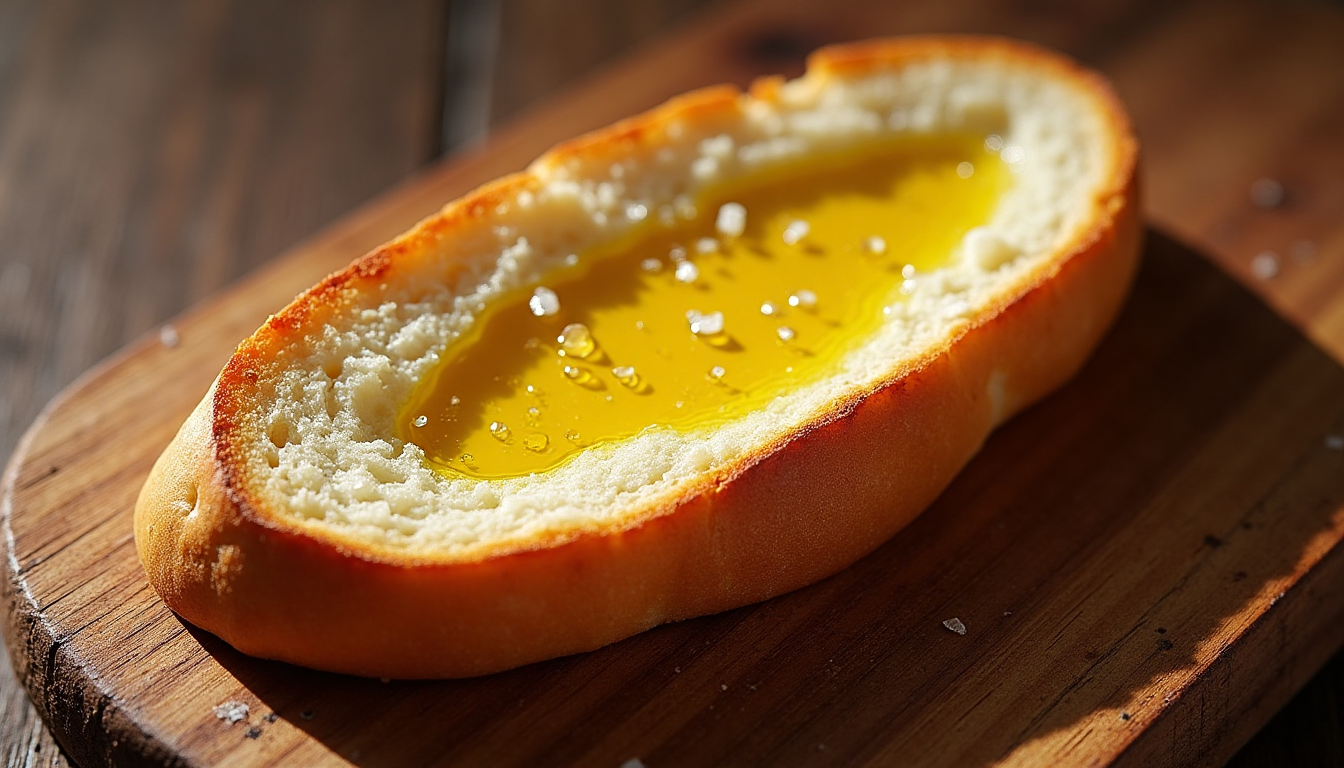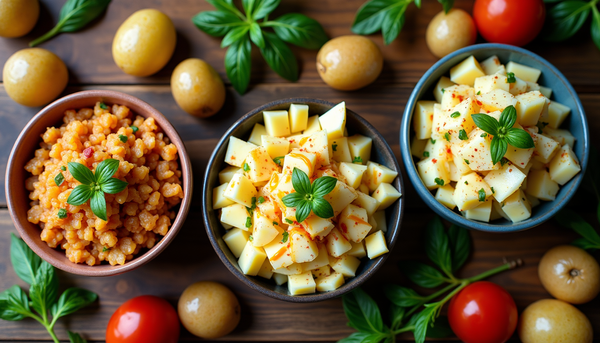Why Your Crostini Sucks (And How to Fix It)

Okay, let's be honest here. Your crostini probably sucks. And before you get defensive, I'm not talking about your fancy toppings or your beautiful Instagram plating. I'm talking about the bread itself – that sad, soggy foundation that's basically doing your gorgeous prosciutto and burrata dirty.
I learned this the hard way during my line cook days at a supposedly "upscale" Italian place. The chef there had this obsession with crostini that bordered on the psychotic. He'd literally throw plates back if the bread wasn't perfect. At first, I thought he was just being dramatic (spoiler alert: he wasn't).
Here's what nobody tells you about crostini: it's not about the toppings. Never was. The bread is everything, and most people are treating it like an afterthought.
The Science Behind the Crunch
Let me blow your mind for a second. That perfect crostini texture you get at good restaurants? It's not magic – it's controlled dehydration combined with fat penetration and Maillard browning. Basically, you're creating a crispy shell while maintaining just enough interior structure to hold your toppings without collapsing.
When you brush olive oil on bread and apply heat, three things happen simultaneously: moisture evaporates from the surface, oil penetrates the bread's structure, and proteins and sugars undergo browning reactions. This creates that golden, crispy exterior with a slight chew inside.
Most home cooks skip the oil entirely or use too much, ending up with either cardboard or greasy mush. There's a sweet spot, and once you find it, you'll never go back to store-bought.
The Method That Actually Works
Step 1: Choose Your Weapon Forget everything you think you know about baguettes. You want day-old bread – slightly stale, with a good crust. Fresh bread has too much moisture and will steam instead of crisp. If all you have is fresh, leave it out uncovered for a few hours. Trust me on this.
Step 2: The Cut Matters Diagonal slices, ¼-inch thick. Not because it looks fancy, but because you get more surface area and better structural integrity. Use a serrated knife and cut in one smooth motion – no sawing back and forth like you're building a campfire.
Step 3: Oil Application Strategy Here's where most people mess up. You're not painting the Sistine Chapel here, but you're also not just drizzling oil randomly. I use a pastry brush and apply a thin, even layer to both sides. The oil should enhance the bread, not drown it.
Pro tip: Use good olive oil. I'm not saying you need to break the bank, but that bottle you got at the gas station isn't doing you any favors. The oil's flavor will concentrate during baking.
Step 4: The Bake 375°F, 12-15 minutes. But here's the thing – ovens lie, and bread varies. Start checking at 10 minutes. You want golden brown and crispy throughout, not burnt edges with soft centers.
Stop Making These Amateur Mistakes
Overcrowding the pan: Your crostini need space to breathe. Overlapping pieces = uneven cooking = disappointment.
Forgetting the salt: A pinch of flaky sea salt before baking isn't optional. It enhances everything and adds textural contrast.
Topping too early: Don't put your toppings on until right before serving unless you want soggy disaster bread.
Making them days ahead: Crostini are best the day you make them. They'll keep overnight in an airtight container, but after that, you're pushing it.
The Topping Philosophy
Now that we've established that bread is king, let's talk strategy. The best crostini toppings work with the bread, not against it. Think about texture contrast, flavor balance, and structural integrity.
My general rule: one creamy element, one acidic element, one textural element. Goat cheese (creamy) + honey (sweet acid) + toasted nuts (texture). Ricotta + lemon + fresh herbs. Burrata + balsamic + crispy pancetta.
But honestly? Sometimes the best crostini is just perfect bread with good olive oil and a sprinkle of salt. Don't overthink it.
Make-Ahead Game Plan
If you're entertaining, you can prep the bread in the morning and store it in an airtight container. Set up a toppings station and let people build their own – it's interactive, takes pressure off you, and people love customizing their food.
For bigger parties, I'll make 2-3 base recipes and offer 5-6 topping combinations. Sounds like more work, but it's actually easier than trying to assembly-line 50 identical pieces.
The Real Talk
Look, I get it. There are a million crostini recipes out there, and most of them focus on the sexy stuff – the toppings, the presentation, the wine pairings. But technique is everything. Master the bread, and you're 90% there.
Stop buying those cardboard rounds at the grocery store. Stop treating the bread like it doesn't matter. Start paying attention to the foundation, and I guarantee your next dinner party will be the one people actually remember.
What's your biggest crostini failure story? Have you been guilty of the soggy bread syndrome, or do you have other kitchen disasters you're willing to share? Drop a comment – I promise not to judge (too harshly).
And seriously, try this method once. Just once. Then come back and tell me I'm wrong about the store-bought stuff. I'll wait.




